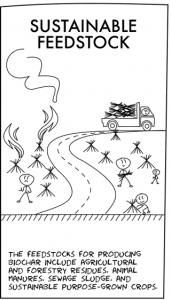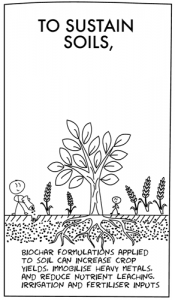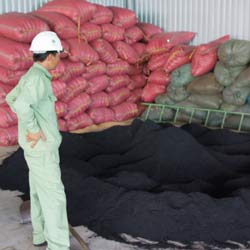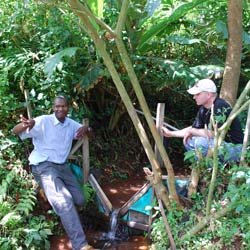Maintaining soil fertility is fundamental for improving food security and reducing poverty. Yet widespread loss of soil fertility due to unsustainable cropping and grazing practices is causing loss of productivity, putting increasing pressure on agricultural land, and threatening future food production. Currently a large proportion of the world’s nutrient resources are squandered, used inefficiently and are not recycled. The manufacture of nitrogen (N) fertilisers is an energy-intensive process, contributing significantly to greenhouse gas (GHG) emissions, and the world’s scarce supplies of phosphorus (P) are being depleted. Recycling these nutrients for beneficial use in agriculture is thus a win-win opportunity. Bio-solids and wastewater, for example, contain large quantities of both N and P, and are often discharged to waterways, causing pollution and toxic algal blooms due to excessive levels of nutrients. Runoff and leaching from intensive cropping and grazing systems similarly leads to eutrophication of water resources.
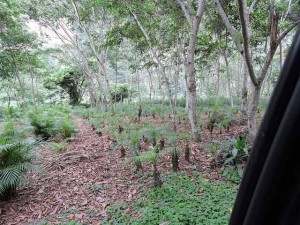
Peru
In addition to wasting nutrients, current disposal approaches for agricultural residues lead to air and water pollution and ongoing land degradation. For instance, cereal straw is commonly burned in the field in many countries, such as in China, Indonesia and Vietnam, and processing residues such as rice husk may also be burned or dumped in waterways. These are organic matter resources could be converted into biochar to improve biomass management and soil health.
Many forested tropical regions are experiencing deforestation as a result of slash and burn subsistence agriculture. For example, the Food and Agriculture Organisation of the United Nations (FAO) estimates that Peru (one of the project countries) loses 224,000 to 300,000 hectares of forest per year partly due to subsistence farming and the use of charcoal as cooking fuel. Subsistence farming practices rapidly deplete nutrient resources, causing sharp decline in productivity that leads to abandonment and further deforestation. The successful adoption of biochar technologies offers the potential to substitute “slash and burn” with “slash and char” practices potentially reducing the rate of deforestation.
Moreover, many tropical soils are affected by contamination with heavy metals. Improved understanding of strategies to maintain or increase fertility of cleared or contaminated land through the appropriate use of biochar technologies may also reduce the rate of deforestation and degradation.
Agriculture must face the challenge of increasing food production, while per capita land and water resources decrease, and climatic risks escalate. Agro-ecosystems and the human communities that rely on them, have a degree of resilience but degradation of resources beyond a threshold will result in long term loss of productivity and ecological function from which recovery will be slow or impossible. Maintenance of soil organic matter is particularly important for resilience of soil processes, necessary for sustaining nutrient and water cycling and plant production. Thus the decline in soil organic matter must be arrested and reversed.
Increasing food production while per capita resources are decreased will require increased intensity of production. This could have undesirable environmental consequences if achieved through increased use of chemical fertilisers, agricultural chemicals and irrigation. It is critical that intensification practices minimise environmental impacts by focusing on increased efficient use of water, nutrients and land; protection of soil resources; and minimum off-site impacts – on water yield and quality, and natural systems.
Sustainable land management (SLM) practices must be promoted to address the decline in productivity and restore fertility to degraded lands. SLM is the use of land in a manner that seeks to maintain or enhance the land condition so that its functions in supporting plant growth are maintained for the future, and negative off-site impacts are minimised. It employs practices that build the chemical, physical and biological health of the soil, and use external inputs (e.g. fertilisers, irrigation) strategically to maximise the utilisation efficiency of limited resources.

Kenya
In the B4SS partner countries there are growing problems of decline in productivity of land that is managed unsustainably, concerns about contaminated soils with heavy metals and issues associated with disposal of organic residues. These issues have been recognised and each country is undertaking a range of activities to generate and share knowledge on the use of biochar for SLM, and to make better use of organic matter resources.
Addressing the problem of land degradation through the diffusion of knowledge on the use of biochar for SLM is truly multi-faceted with challenges on multiple levels of environmental science, social and economic well-being and cultural values.


